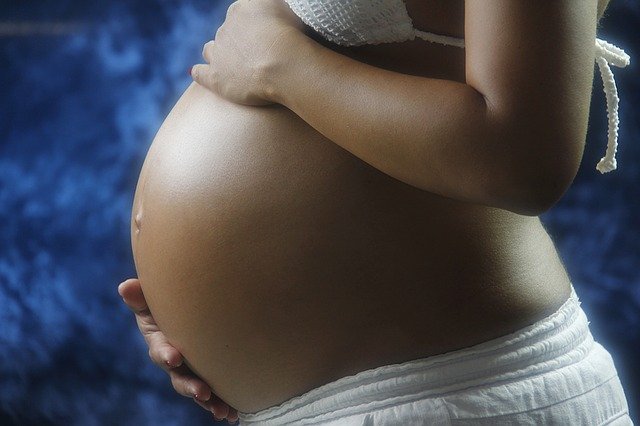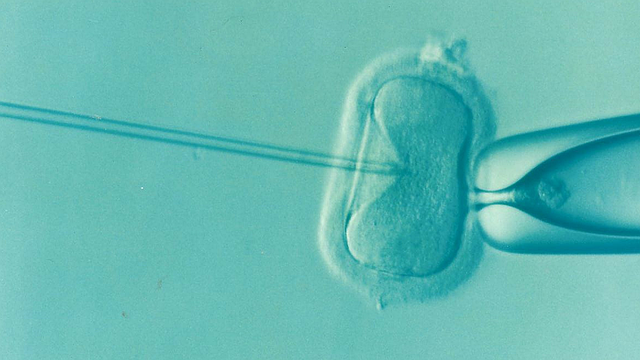IVF is one of the most common assisted reproduction technology used as fertility treatment.
The success rate is an important factor in decision-making. Therefore, the IVF centers reported their success rate every year to the country-specific health and reproductive authority.
The IVF success rate is calculated by comparing the number of procedures conducted or embryo transfers with the number of live birth per year.
Patients who want to opt for IVF treatment are more interested to know the live birth rate so that they also get the motivation to perform IVF cycle and take home their baby after completion of the IVF cycle.
In the IVF procedure, an egg is retrieved from the mother’s or donor’s ovaries.
Then in a specialized laboratory setup, obtained egg need to fertilize with sperm collected from a male partner or donor.
After 3 to 5 days, the created embryo is transferred into the mother’s womb.
The following factors need to know to improve IVF quality.
Age factor
Your age is one of the most important consideration factors for a successful IVF process. Clinical studies have supported that increasing female age reduces the chances of pregnancy in IVF treatment.
Sub-fertility duration
Increasing sub-fertility duration for a female decline the scope of conceiving after IVF treatment. It has been found that women with exceeding sub-fertility duration for 12 months have reduced IVF treatment success. However, IVF quality and pregnancy rate increase with less than 12 months sub-fertility duration.
Type of sub-fertility
Women with a previous history of giving birth have an increased rate of IVF success rate. Pregnancy with the same partner increases the IVF success rate. Unsuccessful pregnancy like recurrent miscarriage history may decrease the IVF success rate. In addition, trying pregnancy with different partners also reduces the IVF success rate.
Indication for IVF
Three categories: unexplained infertility, male infertility, and tuboperitoneal disease are primary indications for IVF. A study result found that women with either tubal subfertility or subfertility caused by endometriosis or male subfertility have lower pregnancy chances compared with women with unexplained infertility. Women with tubal subfertility also have significantly lower pregnancy chances after IVF.
The IVF treatment at a younger age (before 35 years) increases the IVF success rate by using the own egg of the patient. During this age, sufficient eggs are released from the ovary. But an egg donor requires for the IVF process after 40 years of age. Numeric data gives a more expressive illustration. IVF success rate is 40% under 35 years of age, whereas it drops to 4% at the age of 42 years.
Basal FSH
The chances of pregnancy after IVF treatment is significantly higher in women with FSH greater than 10 IU than in women with FSH concentrations less than 10 IU. The increasing basal FSH values are associated with lower pregnancy rates after IVF.
Number of eggs retrieved
The number of eggs retrieved from women influences the IVF quality. Women with more oocytes have higher chances of pregnancy.
Method of fertilization
Compared with ICSI, fertilization with IVF provide better treatment outcome. However, few studies reported that the fertilization method does not influence treatment outcomes.
Number of embryo transfer
Previously, clinical practice preferred the multiple embryos transfer to improve the outcome of IVF. But it also increases the risk of multiple births. Currently, single or double embryo transfer with advanced technology is preferable to improve IVF quality.
Embryo quality
Lower morphology scores of embryos are associated with lower pregnancy chances. Therefore in IVF treatment, best quality embryo selection is important to maintain the quality.
Using the Donor egg factor
Fertility experts usually recommended donor egg assistance in the IVF process, when your age is exceeding 35 years to 40 years to increase the IVF success rate. Quality and sufficient egg both are important factors for healthy baby birth. Usually, egg donors have younger age with a medically screened for egg donation purpose increase the chances of pregnancy for women who have already exceeded 40 years of age. The scientific report already provided evidence that using fresh donor egg or embryo transfer increased 55% IVF success rate.
Facilities available in a fertility clinic
The selection of a fertility clinic for conducting the IVF process has a great impact on the success rate of IVF treatment. Following are some points you need to review before you select any IVF center for fertility treatment.
The expertise of IVF staff working in the fertility clinic
The experience and training details of IVF experts who conduct the IVF process
The live birth rate of the particular IVF clinic.
The rate of multiple pregnancy history of the fertility clinic.
Detail information about the laboratory facility and other important infrastructure.
Laboratory staff qualification and experience details.
The excellence of the clinic by evaluating the patient history, their age group, fertility issues successfully treated before.
Some clinics are specifically expertise in specialized fertility problem treatments, so a detailed knowledge of fertility clinics is very important to successful IVF treatment.
If you are planning to treat your infertility by opting for IVF, then do your research and take all the necessary details for a successful IVF cycle. The detailed knowledge helps you to get advanced treatment and build a family by allowing you to become pregnant.





